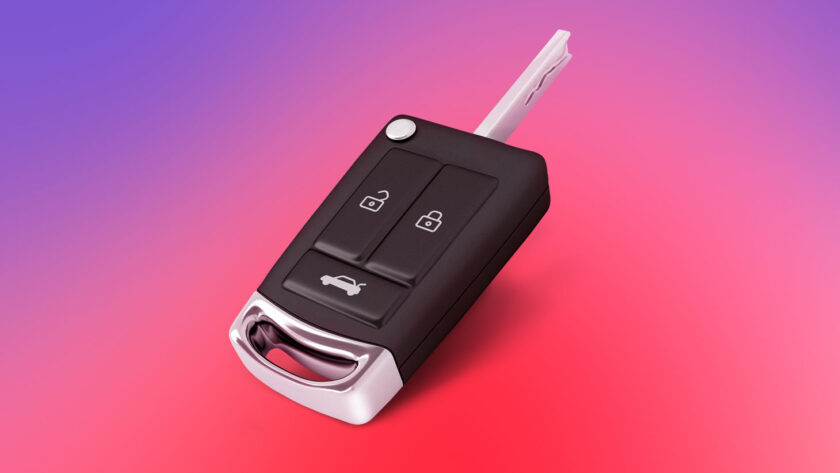In today’s technologically driven world, the landscape of car security has undergone a remarkable transformation, moving far beyond the basic alarms of yesteryears. It’s imperative for car owners to comprehend these advancements to make informed decisions about safeguarding their vehicles against theft and unauthorized access.
Evolution of Car Security
Early Days: The Rise of Car Alarms: Car alarms emerged in the 1970s as a pioneering form of vehicle security. Triggered by unauthorized entry or tampering, these systems would emit a loud siren to draw attention. While effective in their time, they were susceptible to false alarms and relatively easy to bypass.
The Era of Immobilizers: The 1990s witnessed a significant leap in car security with the introduction of immobilizers. These systems revolutionized vehicle protection by preventing the engine from starting without the right key or key fob. By effectively immobilizing the vehicle’s electrical system, they became a formidable barrier against hot-wiring and unauthorized access.
Modern Car Security Technologies
Keyless Entry Systems: Keyless entry systems are now commonplace, allowing drivers to unlock and start their vehicles without physical keys. However, this convenience has introduced new security challenges, including relay attacks and signal interception. Manufacturers continually refine encryption and authentication protocols to mitigate these risks.
GPS Tracking: GPS tracking systems allow owners and enforcement agencies to locate stolen vehicles swiftly. Beyond recovery, they serve as a deterrent, as potential thieves are aware of the risk of being tracked. Some advanced systems even enable remote immobilization, allowing owners to disable the engine remotely in case of theft. GPS tracking systems, like Tracking Doctor, allow owners and enforcement agencies to locate stolen vehicles swiftly.
Biometric Security: Biometric authentication, like fingerprint or facial recognition, is emerging as a promising addition to car security systems. Leveraging unique biological traits for authentication offers a high level of security. However, challenges such as reliability in varying environmental conditions remain to be addressed.
Remote Monitoring and Control: The proliferation of mobile apps and connected car platforms empowers owners to monitor and control their vehicles remotely. Features like remote locking/unlocking and real-time alerts enhance both convenience and security. Nevertheless, data privacy and cybersecurity concerns persist as these systems become increasingly interconnected.
The Future of Car Security
Advanced Encryption and Authentication: As vehicles become more connected, robust encryption and authentication mechanisms will be critical to prevent unauthorized access. Manufacturers must stay vigilant against evolving cyber threats by implementing state-of-the-art security protocols.
Integrated Security Ecosystems: Future cars may feature integrated security ecosystems that combine traditional measures with AI-driven predictive analytics. These systems can proactively detect and respond to security threats by analyzing behavior patterns and detecting anomalies.
Conclusion
From the rudimentary alarms of the past to the sophisticated security systems of today, car security technology has evolved exponentially. As the automotive industry progresses towards greater connectivity and autonomy, strong security measures become paramount. By staying up to date about the latest advancements and adopting reliable security solutions, car owners can effectively safeguard their vehicles and embark on their journeys with peace of mind.


